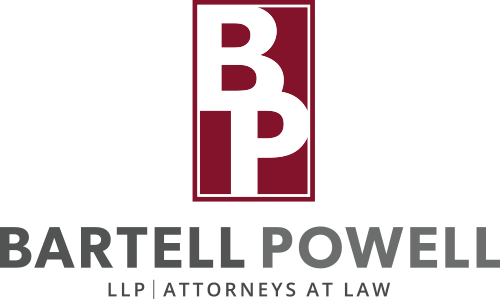A recent update from Iowa State University (ISU) Extension stated that, “In some Iowa counties, as much as seventy percent of the land is farmed by producers who do not own it. Throughout farm country, there is a steady and increasing number of farmland owner and producer relationships.
“There are two particularly common categories of farmland owners. First, there are owners who actively farmed the land in past years, have now retired and are leasing the acres to farm producers. In these relationships, a key consideration is the length of time since the owner was an active farmer. The more years that have lapsed since the owner was involved in active farm production, the more important it is to engage ongoing communication and education regarding the latest crop technology, production costs, and related trends.
“Second, there is a growing number of farmland owners who have never been personally involved in farm production. Such owners may have inherited the land (or purchased it as an investment) and now lease it to active farmers. Some of these owners may have never lived on or near the farmland that they now own; in fact, some may have never seen the farmland. These farmland owners have a high learning curve, with much information to absorb regarding farming practices and the economics of crop production. At the same time, tenants must take on increased responsibility for anticipating questions and providing information to the landlord.”
The ISU Extension item explained that, “Communication is a key challenge for all farmland owners and producers. Farmland owners commonly express frustration that they do not know how their land is being farmed and what it is producing. Tenants may not understand that farmland owners often have a deep desire to learn how the farmland is being cultivated and cared for by producers. It is to the benefit of both owners and tenants to build relationships and communicate with one another.”
The Iowa State article noted that, “Commonly, a farmland leasing agreement may include a provision requiring the operator to provide an annual report to the owner. See for example paragraph 7(e) of the Iowa Farm Lease Form (AgDM File C2-12). See also paragraph 10 of the Iowa Cash Rent Farm Lease (Short Form) (AgDM File C2-16). The Iowa State University Extension & Outreach Farm Management Team has added an example form for this purpose in Farmland Lease Annual Report (AgDM File C2-06).
“The purpose of the annual report form is to enhance communication. This form is intended to provide farm tenants and landowners with a guide for sharing crop information for farmland rental agreements and to aid in communication. It is not intended to take the place of legal advice pertaining to contractual relationships between the parties.”
The Extension article added that, “If a form such as this has not been used in the past, the farmland owner and the producer should discuss the purpose of the reporting process. The parties should agree upon the confidential nature of the information shared on this form. A landlord must understand that the farm tenant does not want this proprietary business information shared with others who have no right to this data. Likewise, the tenant should understand that the landlord has a right to know how the farmland is being utilized for crop production. Conversations based on the reported information should help the owner and producer to grow in understanding their relationship, to the mutual benefit of both parties.”

